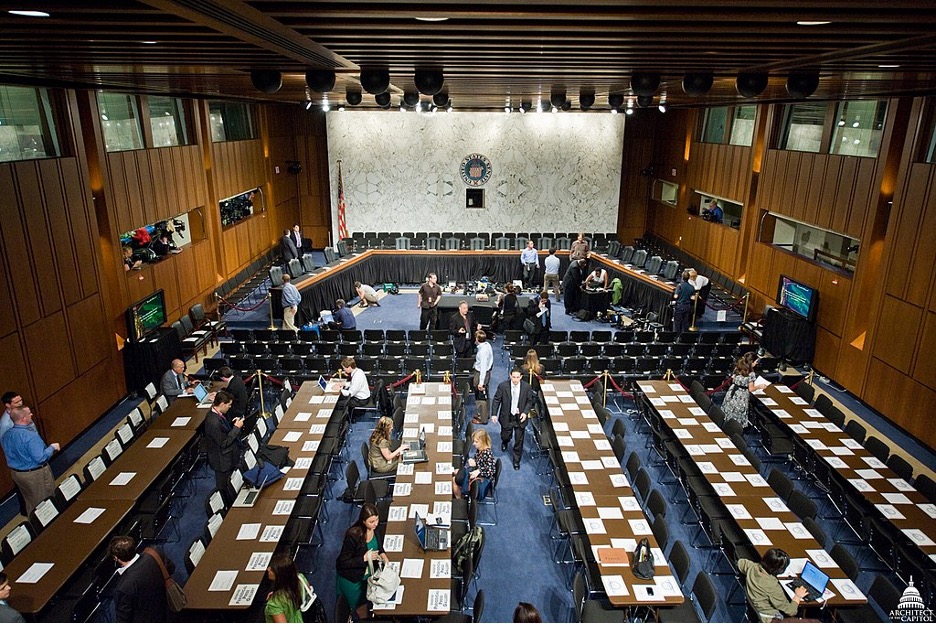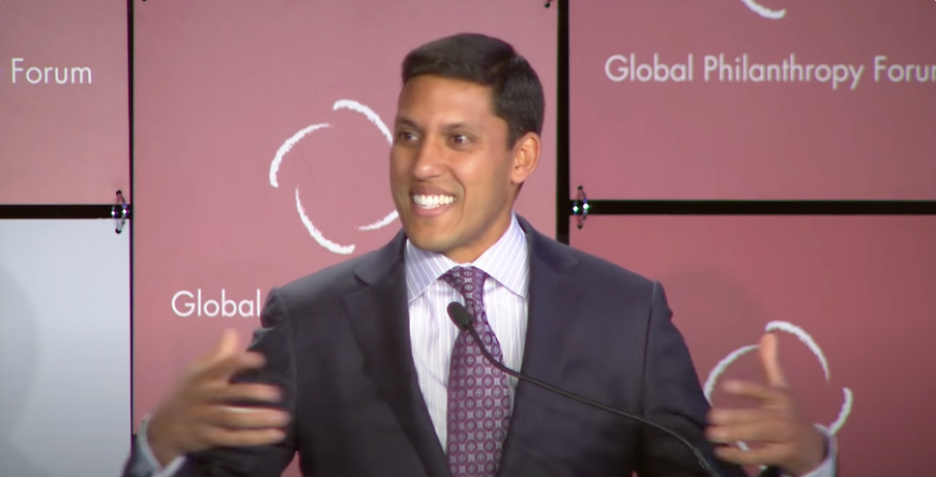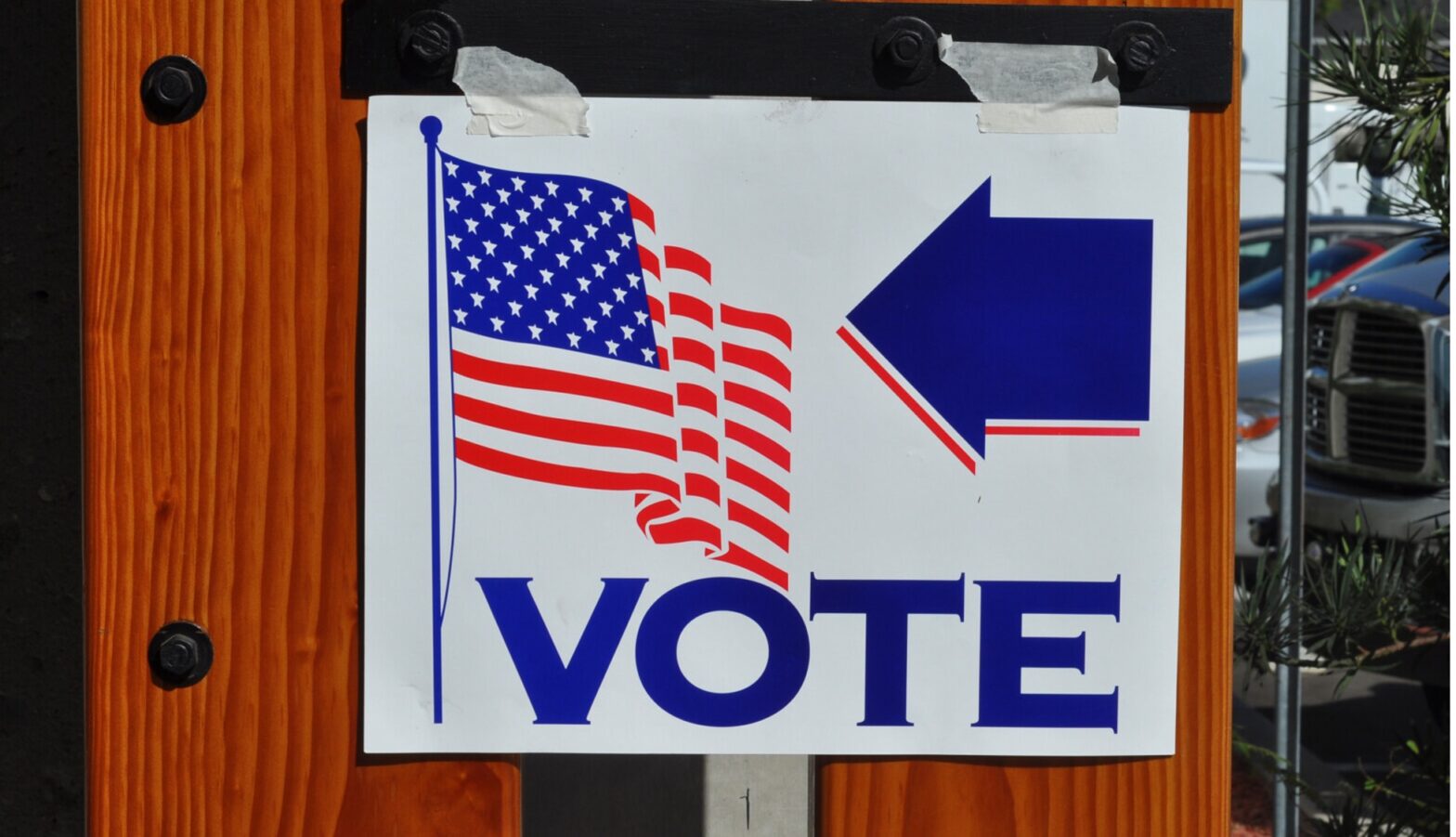Carefully crafted, profoundly misguided.
This article, republished with the permission of The Chronicle of Philanthropy, originally appeared there on May 4, 2023.
***
For the past few weeks, a debate has percolated on these pages and in social media about an op-ed that appeared in the Chronicle of Philanthropy on the value of pluralism in the field. I initially reacted positively to the piece, authored by a distinguished group of philanthropy leaders from across the ideological spectrum. Its message of tolerance, civility, and openness felt important and necessary.
I’ve changed my mind. After a closer examination, I’ve concluded that the carefully crafted statement, however well intentioned, is profoundly misguided.
To understand what this manifesto is really about, let’s look at the historical context. Philanthropists, at least during my four decades in the business, have periodically felt a need to remind the public that the charitable sector and especially donors are important and valuable to the functioning of American society. These statements typically show up in foundation annual reports or as group efforts promoted by the field’s trade associations or alliances.
On the surface, the pluralism manifesto is in that vein. It starts, for example, by claiming that the “United States has a strong, globally respected tradition of independent philanthropy that includes and is exemplified by the nation’s private foundations.” It points out philanthropy’s role in “keeping communities healthy and vital” and in supporting “a multiplicity of ideas and approaches to confront society’s greatest challenges.” So far, so good. Philanthropy, essential and triumphant.
The problems start when the authors take on threats to philanthropic pluralism, including a lack of civility in critiquing the work of other donors. They argue that leaders in the field need to “become skilled at effectively engaging in disagreements on approaches or even outcomes. This is because, as stark and rancorous as our social divisions may be, to best serve society we must commit to productive, not destructive, negotiation.”
What does that mean? Doesn’t the marketplace of ideas require a critical response, perhaps a sharp one, when a bad idea is promoted—even by a wealthy and powerful sponsor? Would our predecessors have ended philanthropic support for eugenics if they had engaged in “productive” negotiation about the value of this terrible program?
The manifesto also urges those in the field not to “question the underlying legitimacy of any foundation or philanthropist holding a particular view” and to assume that all philanthropists have the “best intentions.” So, no matter what cause a foundation adopts, we should just accept the legitimacy of its views? Should a foundation with clearly racist, misogynist, or treasonous goals be given our respect?
Certainly, a foundation’s motives are not always crystal clear and are open to fair and unfair interpretation. However, one way institutions achieve and retain legitimacy is through the questioning and challenging of their ideas and approaches. It isn’t clear why foundations should be exempt from that test.
The same questions should be asked about philanthropic strategies that seem to stretch laws and regulations that govern the charitable sector. If philanthropists meet their distribution requirement by putting money in a donor-advised fund, is it wrong to question the legitimacy of their giving approach? Similarly, if a donor supports clearly partisan political work, do we not have an obligation to question both the intent and legitimacy of that grant making?
Early in the piece, the authors claim that American politicians are now “denigrating” the value of pluralism. Later in this paean to ideological diversity, the writers state: “We reject efforts by anyone to circumscribe or proscribe the programmatic prerogatives of donors or their foundations, so long as the exercise of those prerogatives conforms with the law.”
By “anyone,” do they mean the U.S. Congress or the Internal Revenue Service? Do they reject efforts to change the current laws governing philanthropy to address genuine concerns raised by legislators, commentators, and regular citizens—both liberal and conservative? Is the point of this manifesto to fend off reform of the sector by arguing, in effect, that the field is doing great and vital work and there is no need to fiddle with these laws?
Spending, transparency, and politics
Three areas of criticism have been lodged against philanthropy and the way it currently does business. The first centers on the amount of money that donors are required to give to charities. Many critics believe the 5 percent distribution requirement created by the 1969 Tax Reform Act is no longer appropriate given the enormous growth in foundation assets in the last 50 years. Adding fuel to these concerns, some foundations have largely avoided the 5 percent distribution by putting most of their required grant making in donor-advised funds.
In response, critics on the left and right have proposed a substantial increase in the distribution requirement and an end to the DAF loophole. This seems entirely appropriate. Laws, after all, are adjusted over time as weaknesses are discovered. Are the authors of the pluralism statement rejecting these concerns and efforts to fix the problem?
The second area of criticism involves transparency. The Tax Reform Act required foundations to provide information on the recipients of their largess, but DAFs allow philanthropists to store their money until they want to give it away and then avoid any reporting on how the funds are used. Foundations have discovered that they can give money to controversial or politically charged groups through these vehicles with complete secrecy—all while meeting their distribution requirement.
Many have called for regulations that would force DAFs to be more transparent and prohibit foundations from using the funds to avoid public disclosure. At minimum, one hopes that the distinguished cadre behind the pluralism statement agrees that openness and disclosure are essential to maintaining the legitimacy of DAFs.
Finally, observers largely on the conservative side of the political spectrum are increasingly worried about the politicization of philanthropy. In recent years, restrictions on the ability of foundations to engage in election-adjacent activities, especially those with a partisan tilt, have been undermined by a significant minority of foundations that give millions to support voter registration, education, and mobilization activities that are almost certainly designed to influence the outcomes of elections.
Surely the conservative authors of this statement must have some concern about the seemingly brazen way that many donors use charitable giving to pursue political aims. Should they refrain, in the spirit of civility, from forcefully arguing against such practices?
An opening salvo
All of this leads to what I believe is the real intent of the manifesto: an attempt by the sector to defend itself against congressional hearings and legislation. The statement may well be an opening salvo against critics on the left and right who want to strengthen the legal framework that governs the field.
This sort of virtue signaling is unlikely to alleviate growing skepticism about the philanthropic world and wealthy donors. And while high-minded language may make the signers of this statement feel good, it won’t prevent them from undergoing congressional scrutiny.
For some of the authors, there may nonetheless be good reason to sign on. The Ford Foundation, for example, would likely be a focal point of congressional hearings, just as it was during the hearings leading up to the Tax Reform Act of 1969. Darren Walker certainly doesn’t want to be the McGeorge Bundy of his generation. Bundy, who was the head of the Ford Foundation from 1966 to 1979, enraged Congress with his seeming arrogant treatment of his questioners about the need for federal regulations of foundations.
What is less obvious is why Elise Westhoff, who heads the conservative Philanthropy Roundtable, added her name. If there is a pluralism problem in philanthropy, it is the absence of significant conservative donors who engage in the types of public-policy issues that this statement references, such as addressing poverty and climate change. The preponderance of money to election-related organizations comes from liberal donors.
When it was founded, the Philanthropy Roundtable focused on holding mainstream philanthropy accountable and pushing center and center-left donors to be more open to conservative projects. Today, however, it seems solely concerned with preventing any attempts to limit philanthropic freedom—including the freedom to avoid transparency. The organization would serve the field better by returning to its roots as a gadfly of and resource to the many ideologically moderate donors.
A gentle and respectful nudge and maybe an occasional mild criticism of the big liberal donors might do much more for pluralism in philanthropy than signing this somewhat delusory manifesto.




